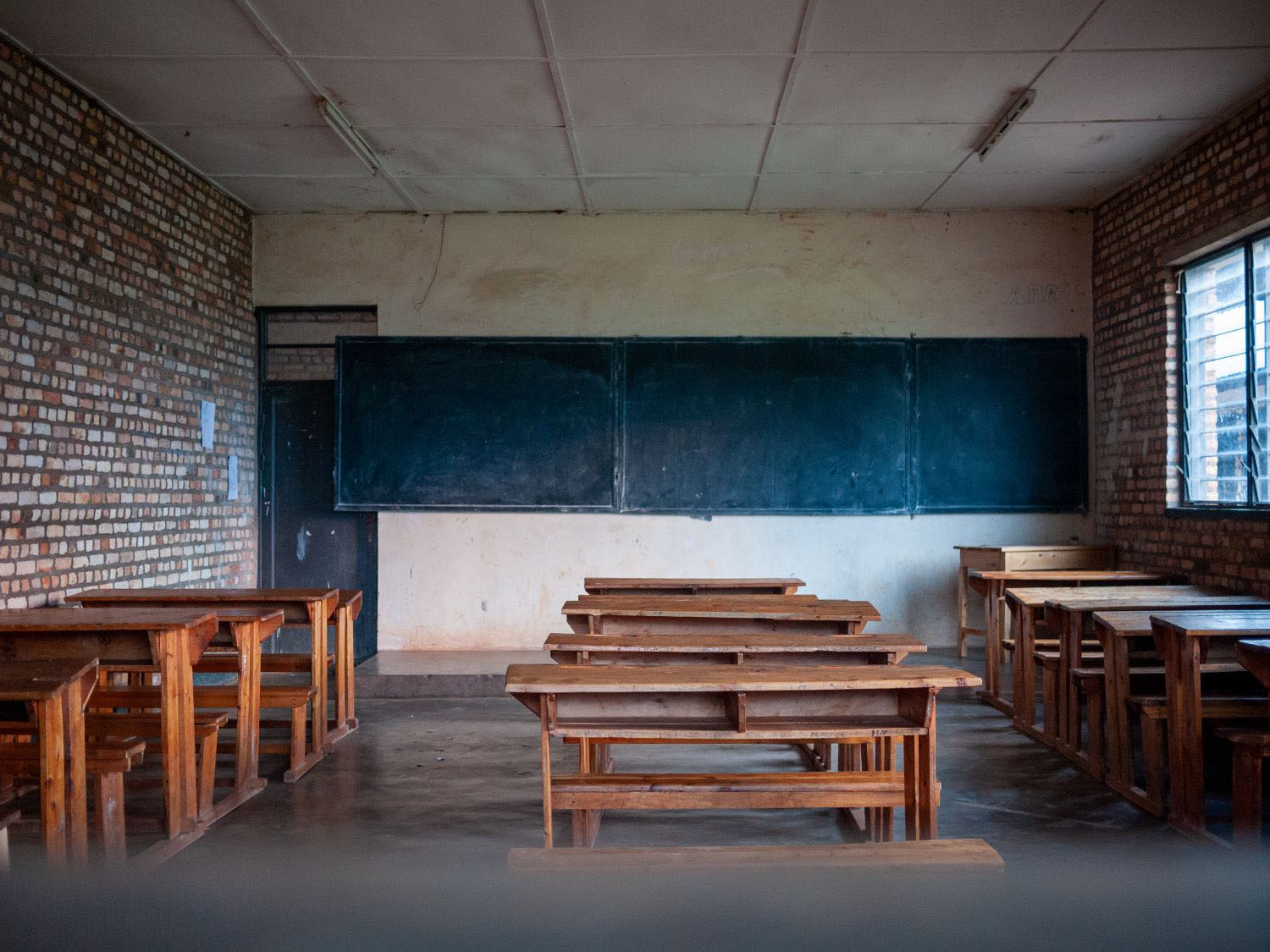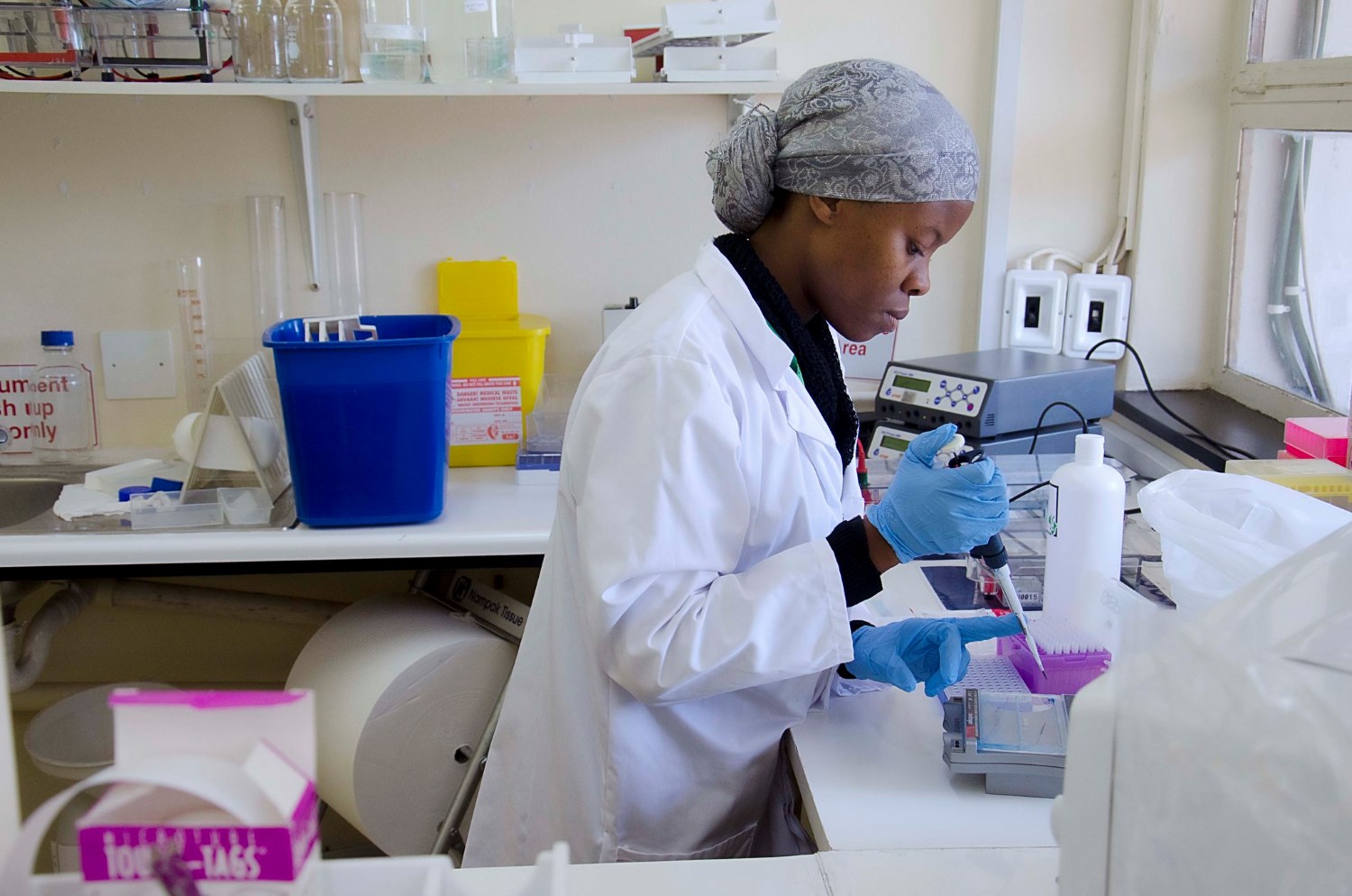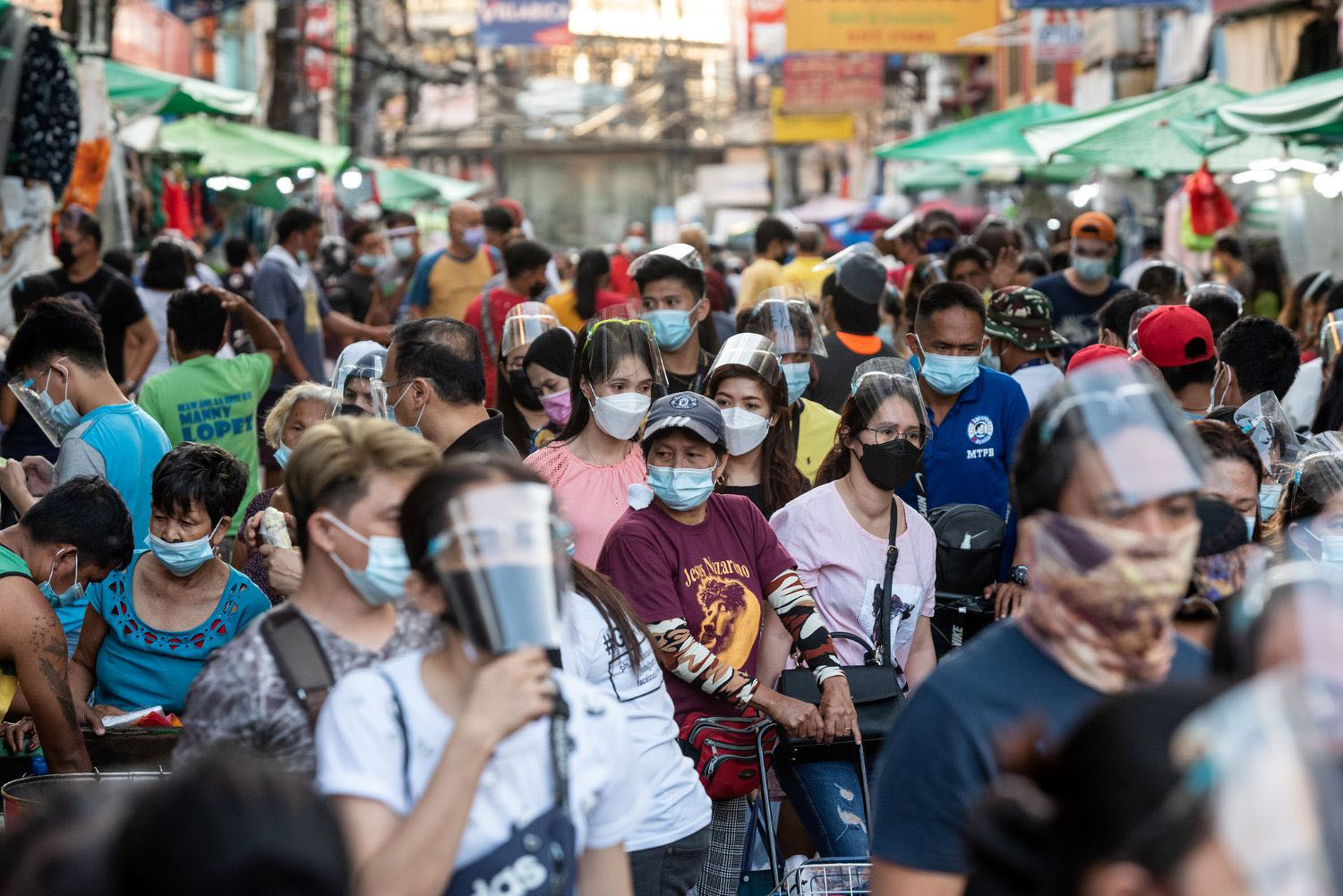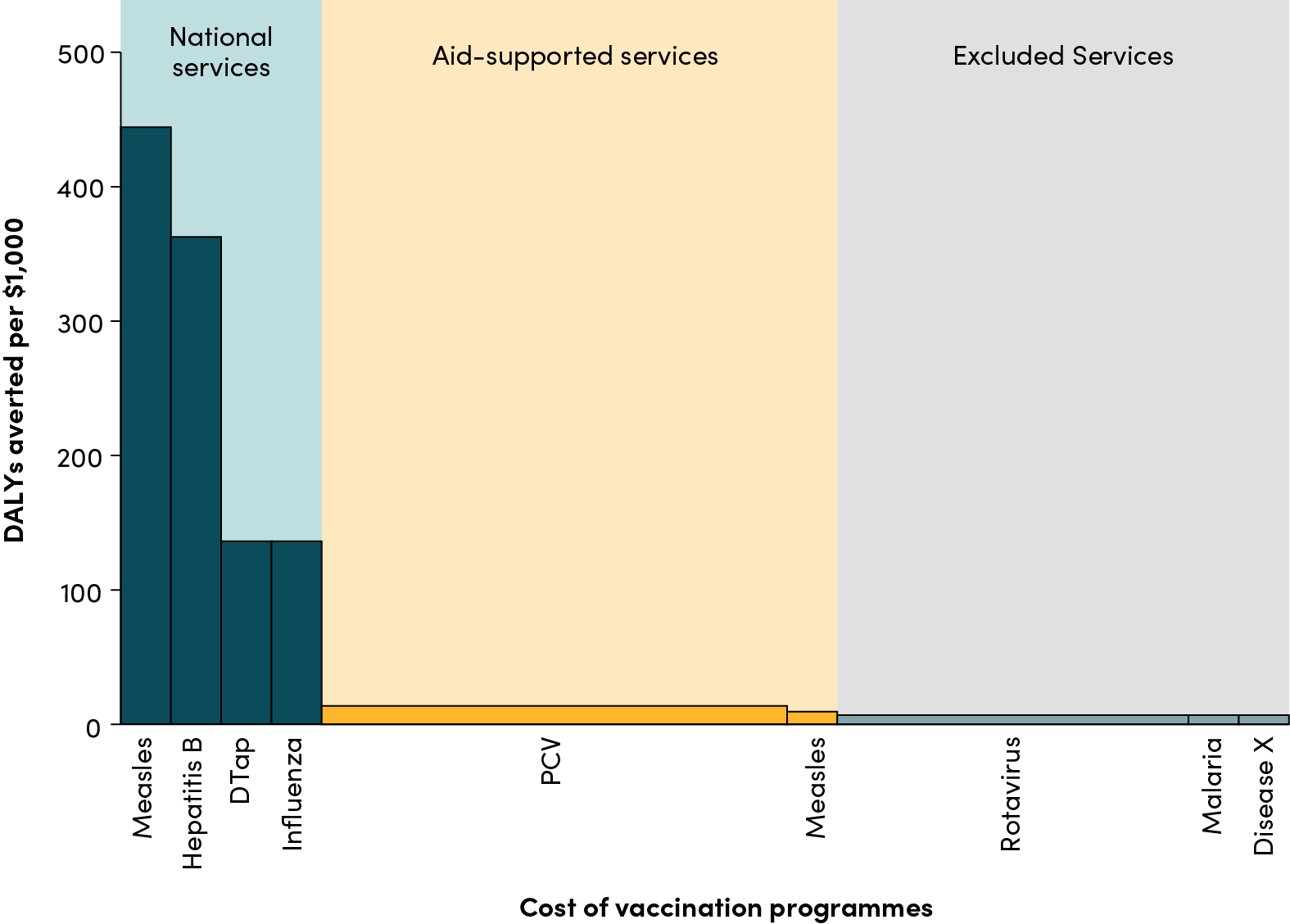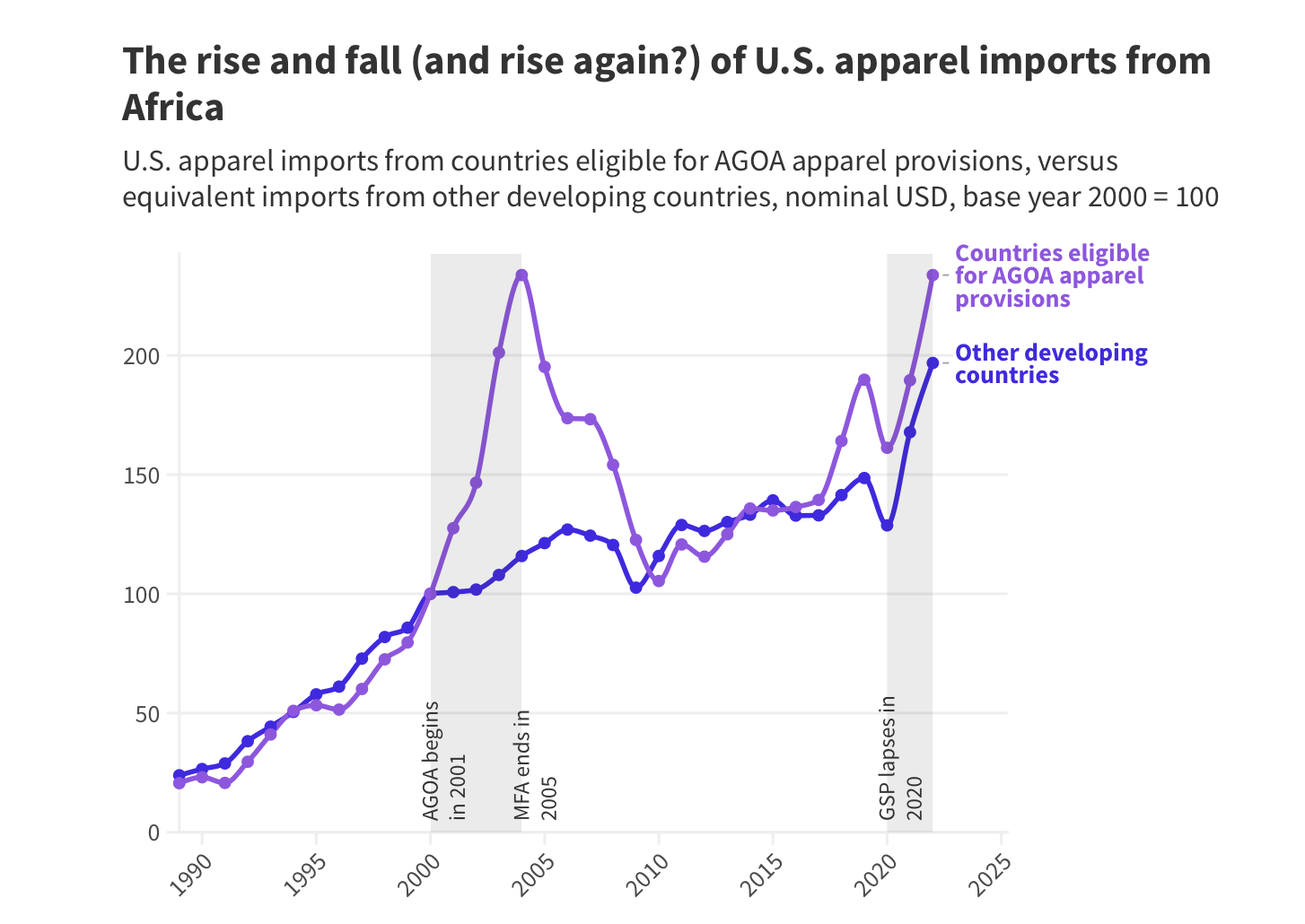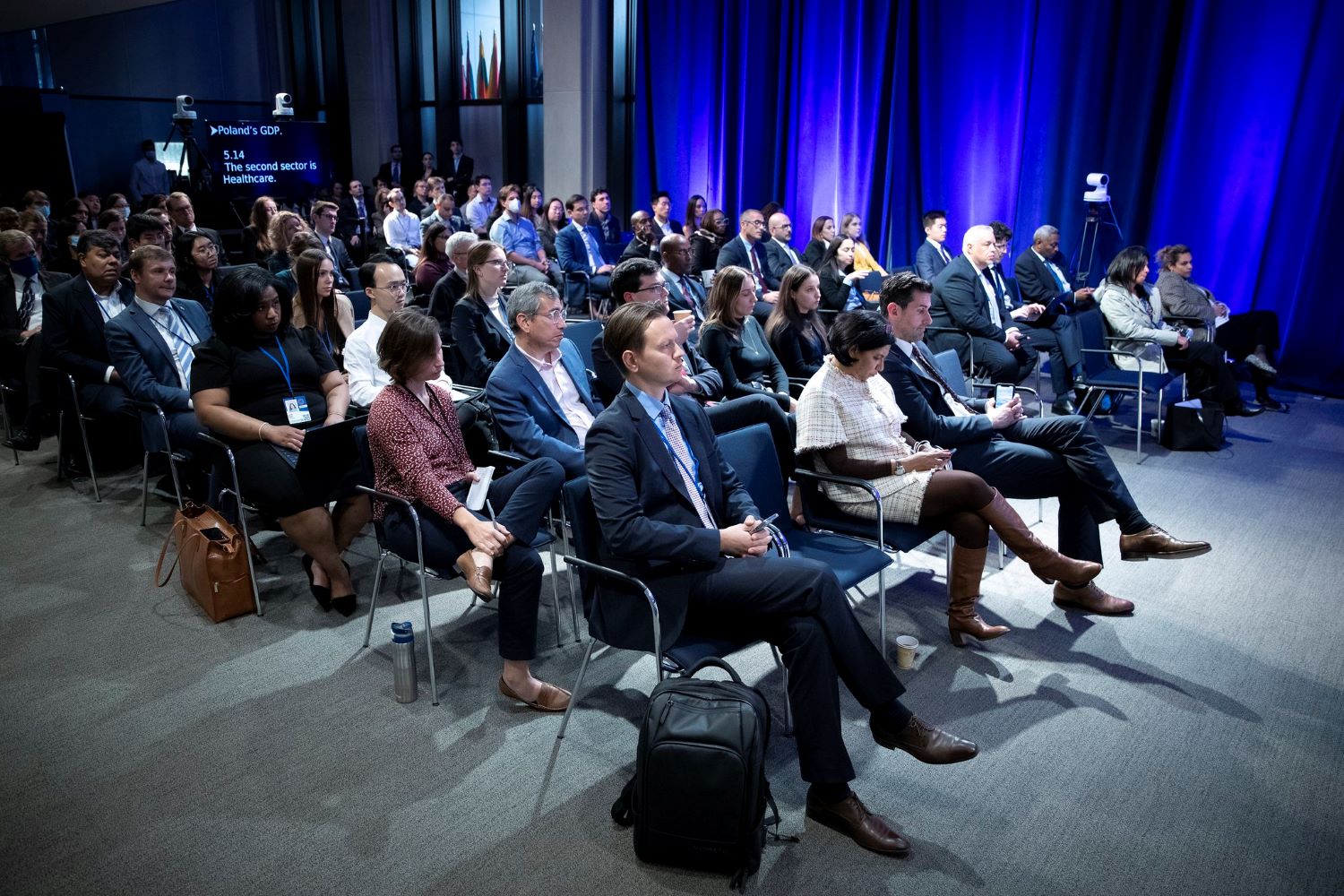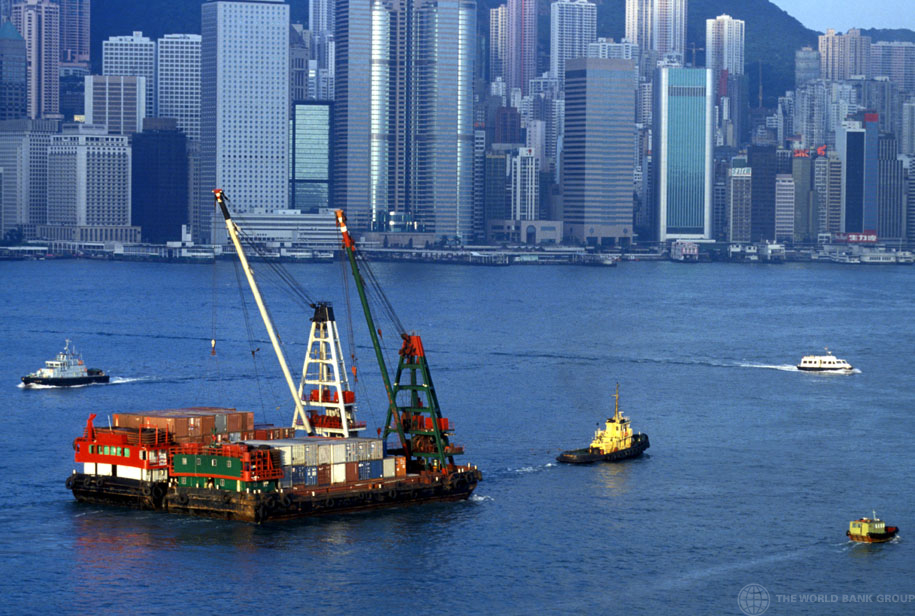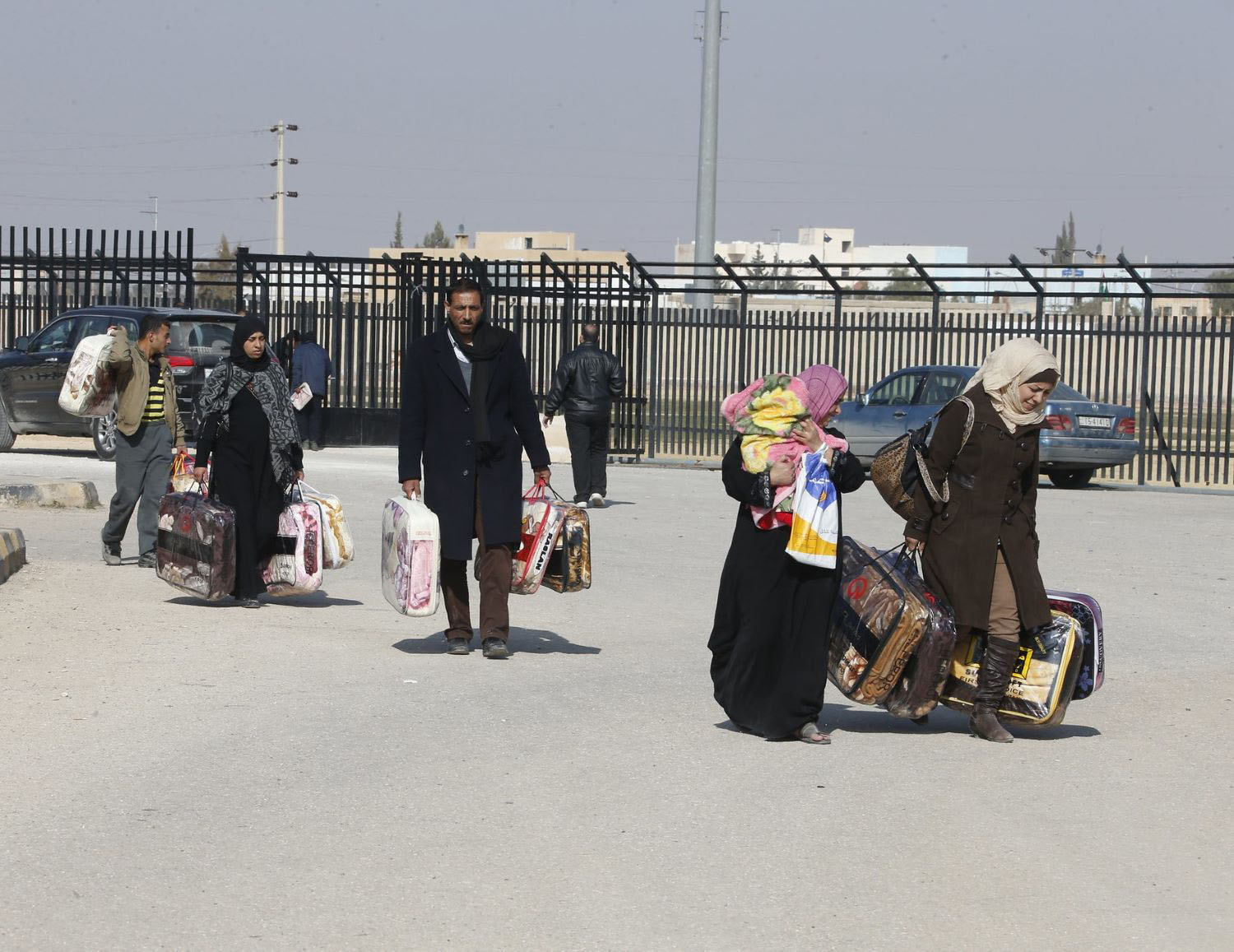Ideas to action: independent research for global prosperity
Research
Innovative, independent, peer-reviewed. Explore the latest economic research and policy proposals from CGD’s global development experts.
WORKING PAPERS
April 11, 2024
POLICY PAPERS
April 15, 2024
CGD NOTES
April 08, 2024
WORKING PAPERS
April 04, 2024
All Research
Filters:
Experts
Facet Toggle
Topics
Facet Toggle
Publication Type
Facet Toggle
Time Frame
Facet Toggle
Research
CGD NOTES
April 08, 2024
This CGD Note outlines a proposal for a New Compact between Gavi and partner countries. We outline a package of policy shifts for Gavi to consider, in line with the core approach of prioritising country ownership and financing of the highest priority vaccines while health aid is provided at the marg...
WORKING PAPERS
April 04, 2024
Star firms, defined as the top 10 percentile of firms in the world in terms of return on invested capital, are more likely to occur in high-income countries and manufacturing industry, but there is an increasing share of star firms from middle-income countries and the services sector. Star firms hav...
WORKING PAPERS
April 02, 2024
Starting in 2001, duty-free access to U.S. markets under the African Growth and Opportunity Act (AGOA) led to a brief boom in African manufacturing exports, particularly apparel, which then fizzled in the face of unfettered Chinese competition after 2005. The looming expiration of AGOA—and eroding C...
WORKING PAPERS
March 28, 2024
Migration research takes place within a rapidly evolving, contested, and polarized space. It is difficult for researchers who are seeking to influence policymaking on migration to communicate their research, and see their findings translated into action. Arguably, one reason for this lack of transla...
CGD NOTES
March 28, 2024
Over the past two decades, China has become a distinctive and increasingly important donor of development assistance for health (DAH). However, little is known about what factors influence China’s priority-setting for DAH. In this study, we provide an updated analysis of trends in the priorities of ...
WORKING PAPERS
March 27, 2024
The inflow of refugees and their subsequent integration can be an important challenge for both the refugees themselves and the host society. Policy interventions can improve the lives and economic success of refugees and of their communities. In this paper, we review the socioeconomic integration po...


